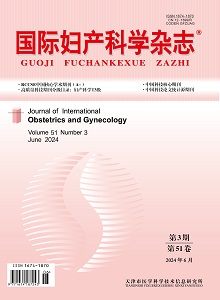Objective: To investigate the clinical features, treatment and prognosis of cervical endometriosis. Methods: The clinical data of 84 cases diagnosed with cervical endometriosis by histopathology from January 2009 to January 2021 in the Beijing Obstetrics and Gynecology Hospital of Capital Medical University were analyzed retrospectively, analyzing their clinical characteristics, imaging, intraoperative performance, pathological features and prognosis. Results: ①Among 84 patients, 73 (86.9%) were clinically asymptomatic, 1(1.2%) had dysmenorrhoea, 1(1.2%) had contact bleeding and 1(1.2%) had intermittent hyperthermia, and 8 (9.5%) had irregular uterine bleeding, of which 6 patients had intermittent or continuous few episodes of vaginal bleeding, 1 patient had postmenopausal vaginal bleeding, and one patient had massive vaginal bleeding. ②Preoperative pelvic ultrasound examination revealed cervical abnormal echoes in 19 cases (22.6%), and cervical haemorrhagic cystic lesions was found in only 3 of the 11 patients who underwent MRI. ③Localized purple-blue lesions in the cervix were seen in 14 cases, cervical cysts were seen in 12 cases and no obvious endometriosis lesions were seen in 58 cases, all patients were diagnosed with endometriotic lesions of the cervix on postoperative pathology. 17 patients were complicated with gynecological malignant tumors, and 17 patients were complicated with cervical intraepithelial neoplasia. 84 patients, with a follow-up period of 36-180 months, had no recurrence. Conclusions: The incidence of cervical endometriosis is insidious, most of which have no clinical symptoms. It can cause infection, a lot of vaginal bleeding and other symptoms. Because it can become malignant or coexist with gynecological malignant diseases, it needs clinical attention.

